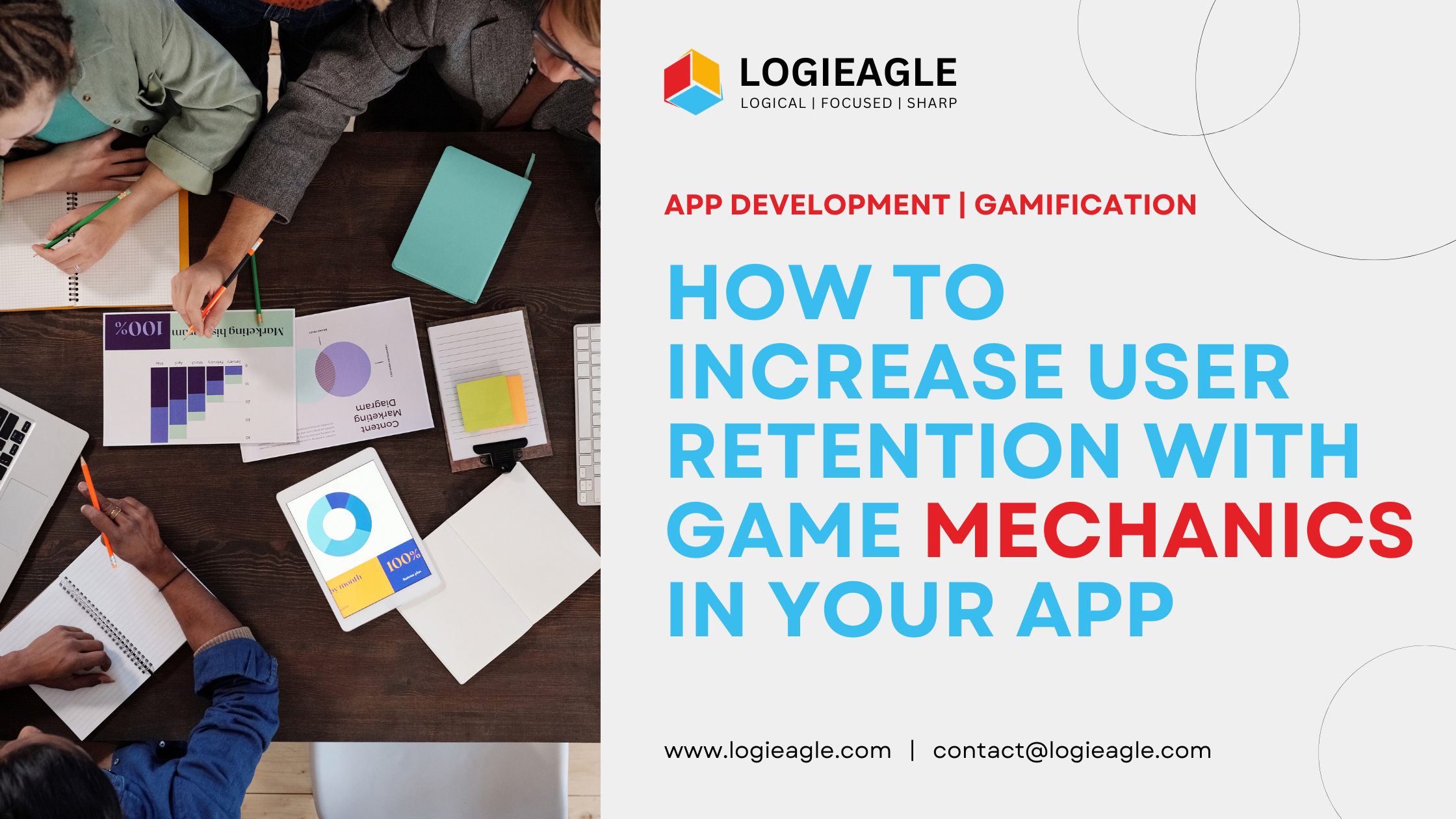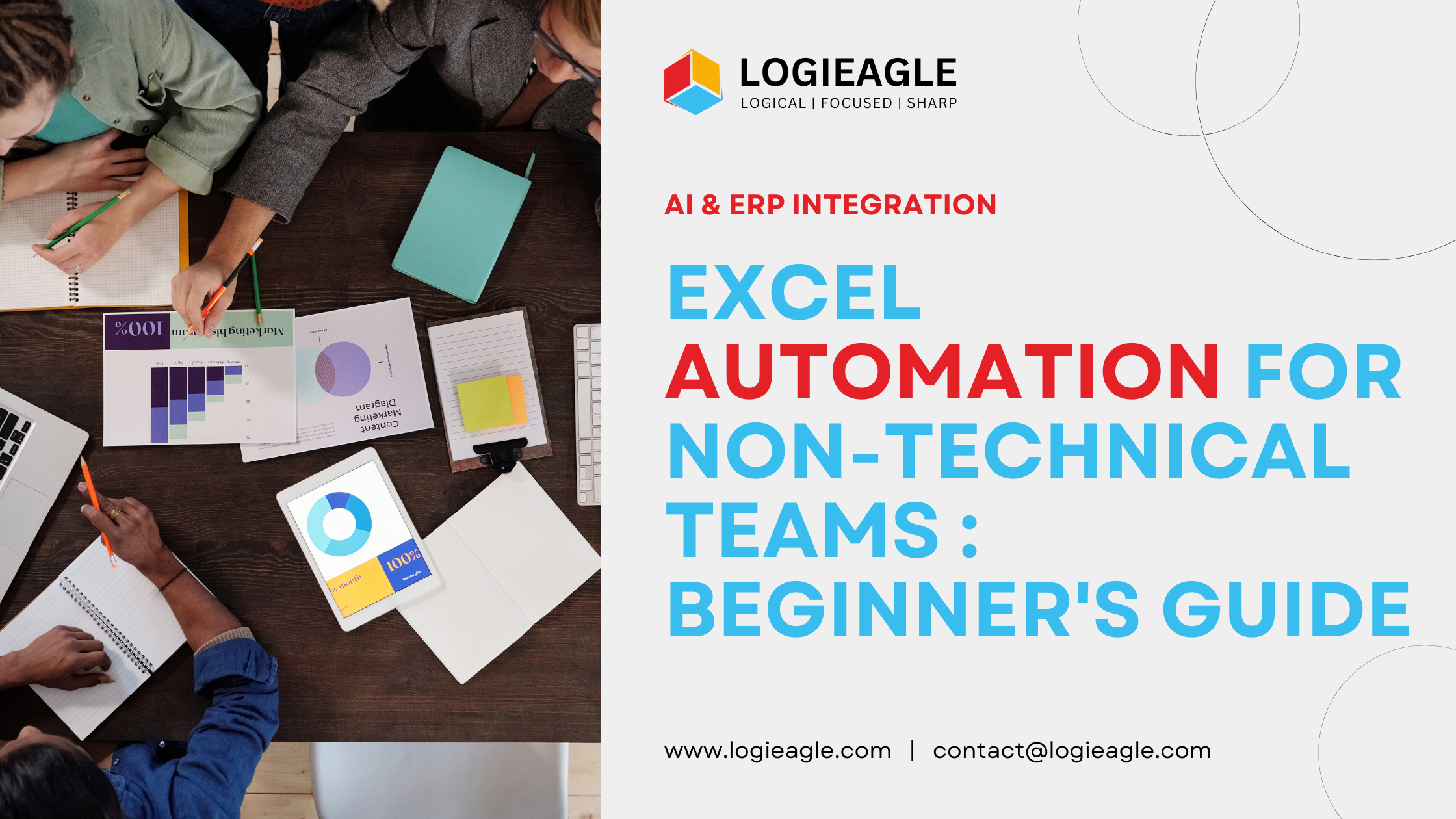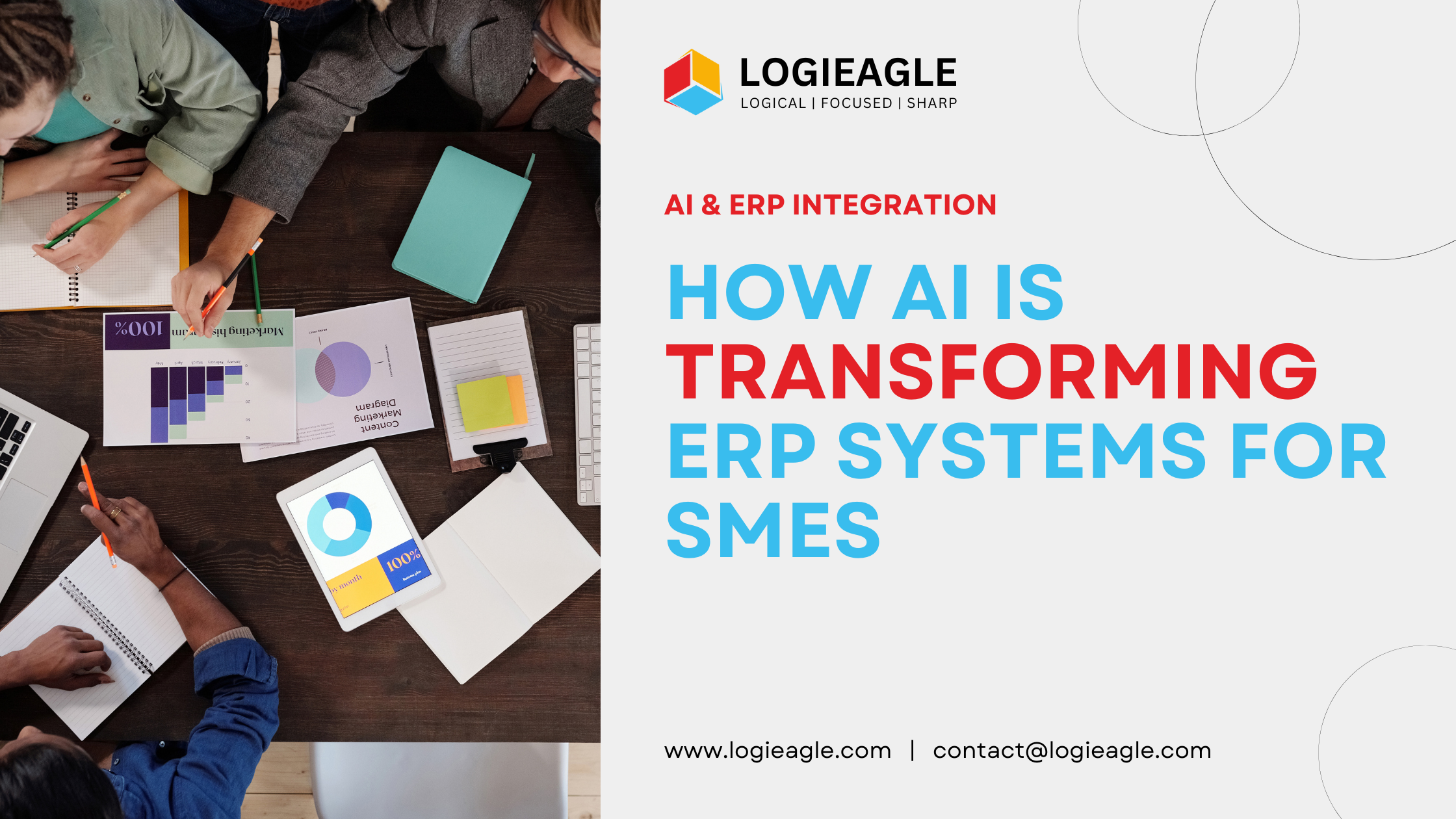
9 Must-Know Programming Languages for AI Development in 2025
Artificial Intelligence (AI) has transformed industries by enabling machines to learn, reason, and solve
problems. As the demand for AI solutions grows, understanding the programming languages used in AI development
is essential for aspiring developers, data scientists, and tech enthusiasts. Here’s a look at the top 9 AI
programming languages you should know in 2025.
1. Python
Python is the most popular language for AI and machine learning due to its simplicity and extensive libraries.
Frameworks like TensorFlow, PyTorch, and Scikit-learn make it easy to build AI models. Its versatility and active community make Python a must-learn for AI development.
2. R
R is a powerful language for statistical computing and data visualization. It is widely used in data analysis
and predictive modeling, making it a great choice for AI applications in academia and research. Packages like
caret, randomForest, and ggplot2 simplify AI model creation and visualization.
3. Java
Java remains a top choice for AI development, especially for large-scale applications. Its object-oriented
nature and cross-platform capabilities make it ideal for building complex AI systems. Frameworks like Weka and
Deeplearning4j offer robust tools for machine learning and neural networks.
4. C++
C++ is known for its speed and efficiency, making it ideal for AI applications requiring high performance, such
as gaming AI and real-time systems. Libraries like Dlib and Microsoft Cognitive Toolkit (CNTK) make it easier to
implement AI algorithms with precision and speed.
5. JavaScript
JavaScript, coupled with libraries like TensorFlow.js,
has emerged as a viable option for AI development, especially for web-based applications. It allows developers
to build and deploy machine learning models directly in browsers, providing a seamless experience for users.
6. Julia
Julia is a high-performance language designed for numerical and scientific computing. Its ability to handle
large datasets efficiently makes it a rising star in AI and machine learning. Libraries like Flux.jl and MLJ.jl
cater to building advanced AI models with ease.
7. Lisp
Lisp, one of the oldest programming languages, is still relevant in AI for its flexibility and support for
symbolic computation. It’s particularly useful in natural language processing (NLP) and problem-solving AI.
Despite being less common, Lisp’s influence on AI programming remains significant.
8. Prolog
Prolog is a logical programming language widely used in AI for tasks requiring logical reasoning, such as expert
systems and knowledge representation. Its declarative nature allows developers to define rules and
relationships, making it ideal for AI applications that involve decision-making.
9. Swift
Swift, primarily known for iOS app development, is gaining traction in AI due to Apple’s Core ML framework. It
allows developers to integrate machine learning models into iOS apps seamlessly, enabling AI-driven features
like image recognition and voice processing.
Conclusion
Choosing the right programming language for AI depends on your project requirements, existing skills, and goals.
While Python dominates the AI space, other languages like R, Java, and Julia offer unique advantages. By
learning these languages, you can expand your skillset and stay ahead in the fast-evolving world of AI
development. Start exploring these languages today and build the future of intelligent systems!
For more insights on AI programming and development trends, explore our blog.
 From Chaos to Clarity: The Ultimate Guide to Automating Financial Reports with VBA
From Chaos to Clarity: The Ultimate Guide to Automating Financial Reports with VBA
 Did You Know You Can Launch an MVP in 30 Days? Here's How!
Did You Know You Can Launch an MVP in 30 Days? Here's How!
 Mastering Business Intelligence Dashboards: Excel Techniques You Need to Know
Mastering Business Intelligence Dashboards: Excel Techniques You Need to Know
 Turning Excel into a Scalable Business Tool: A Step-by-Step Guide
Turning Excel into a Scalable Business Tool: A Step-by-Step Guide
 The Psychology Behind Intuitive UX: How to Design for User Comfort
The Psychology Behind Intuitive UX: How to Design for User Comfort
 What Makes a Good MVP? Essential Tips for First-Time Founders
What Makes a Good MVP? Essential Tips for First-Time Founders
 How to Increase User Retention with Game Mechanics in Your App
How to Increase User Retention with Game Mechanics in Your App
 Excel Automation for Non-Technical Teams: A Beginner's Guide
Excel Automation for Non-Technical Teams: A Beginner's Guide
 How AI Is Transforming ERP Systems for SMEs
How AI Is Transforming ERP Systems for SMEs
 Why UX Is the Silent Salesperson in Every App
Why UX Is the Silent Salesperson in Every App